- Get to know your nits
- How to know if your child has head lice
- Preventing head lice
- Should you keep your child off school if they have head lice?
- How to treat head lice - fast!
- Natural remedies
As the kids go back to school, it's time to start worrying about the dreaded head lice! The most frequently asked questions are:
Whether it's your first time dealing with nits or you're just struggling to, read on to get all the nitty-gritty advice you could ever need.
Get to know your nits
Did you know that head lice and nits are actually different things?
Nits = empty head lice egg cases

- Normally small and white, yellow or brown.
- They stick firmly to the hair and you'll normally find them close to the scalp.
- Can be mistaken for dandruff.
Head lice = live lice
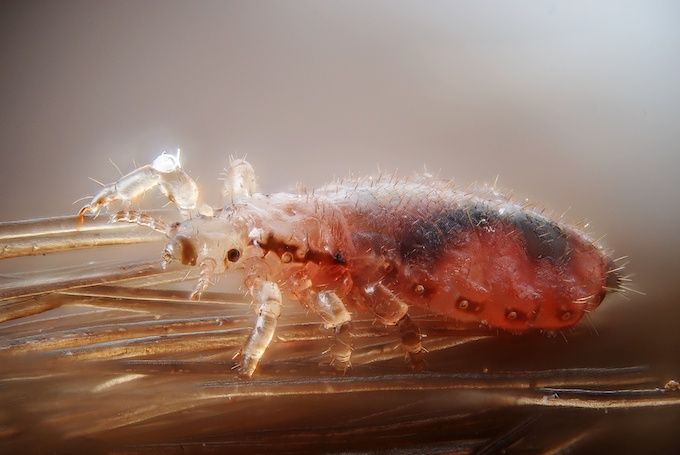
- Can be anything from the size of a pinhead to a sesame seed.
- They move quickly and don't like the light.
- Head lice can crawl from head to head, but they don't swim, fly or jump.
- They have no preference over clean or dirty hair.
You might be wondering: can fleas live in human hair? It's highly unlikely that what you've found is a flea, so worry not.
How to know if your child has head lice
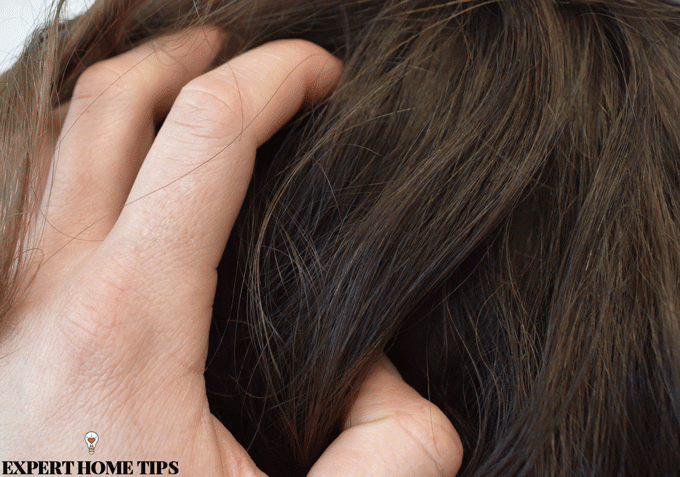
The clearest signal that a child has head lice is if you frequently see them scratching their head. As soon as you see them scratching, check their head for lice and nits.
Nits don't always guarantee that your child has head lice, but they are a pretty good indication and should be treated before they have a chance to hatch.
Other ways to tell are if they have a rash on the back of their neck, small black spots on their collar from head lice faeces, or if they say that they can feel something moving in their hair.
Preventing head lice

Head lice are spread mostly by head-to-head contact, but can also be transferred by:
- Hugging, playing closely or group activities.
- Sharing pillows, hats or jackets with hoods.
- Sharing combs and brushes.
Truth be told, there's not much you can do to prevent the spread of head lice - kids will be kids after all. There are, however, a few things you can do that will help, including:
- Keep your child's hair tied up for school and playdates. Plaits are the most effective.
- Keep hair shorter if possible. Nits have no preference for short or long hair but the longer the hair, the more likely it is that it'll come into contact with other hair.
- Teach your children to keep their heads away from others when playing and explain to them how head lice spread.
- Check your child's head regularly. If you find them on one of your children, check the whole family. Tell your family not to get close to the infected child until treatment is finished.
- Change bedding regularly. It's not necessary to wash all furnishings and clothing after an outbreak of head lice, but it won't hurt.
- Sterilize brushes or combs by putting them in the dishwasher.
DID YOU KNOW? Girls are more likely to get head lice than boys.
Should you keep your child off school if they have head lice?
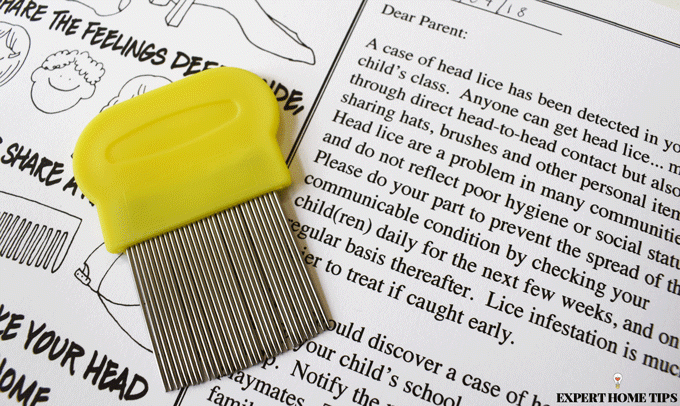
Most would argue no, you shouldn't keep your child off of school just because they have head lice.
As long as you're doing all you can to treat the head lice, the risk of them spreading should be reduced.
Head lice are so common, it's highly likely that every child will get them more than once. If children were kept off school, they would miss out on vital education.
That said, some believe the best thing to do is to keep their child off school so that others don't get them too. We'd love to hear what you think about this debate in the comments below.
You should notify the child's school if you have found head lice in their hair so that they can send out a letter or email warning other parents to check their child's hair. Your child will not be identified.
How to treat head lice - fast!
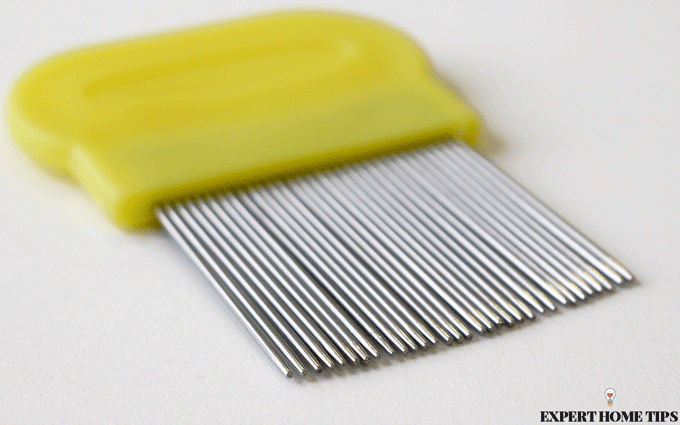
You might have been recommended a rapid chemical treatment for head lice. Whilst they're okay to use, they're not the BEST. Not only can they be expensive and dangerous, but they're also actually pretty ineffective because head lice build up immunity to chemicals over time.
When you rinse the chemical products off of the hair, all that nasty stuff is going straight down the drain and wreaking havoc on the environment too.
The #1 Nit Removal Method

The most effective method for properly removing head lice is the wet detection combing method. It's a bit time consuming, but it's incredibly thorough and will leave hair in great condition.
What you'll need:
- Nit comb - the Nitty Gritty Nit Comb is a popular choice but you can also buy a plastic one for less than £2. The Nitty Gritty Nit Comb is also available on prescription.
- Regular comb or brush for detangling.
- A large towel - to drape around the child's shoulders and for wiping conditioner and nits onto.
- Paper towel or kitchen roll - to squish head lice onto.
- Shampoo and conditioner - any will work but Head & Shoulders, aloe vera or tea tree are known for soothing irritation.
Method:
- Get all of your supplies together - children will get irritated easily if you take too long, so try to work efficiently. You might want to occupy them with a toy, their favourite shows or some apps while you work through their hair.
- Wash the hair with shampoo and conditioner as normal.
- Sit your child in front and facing away from you on the floor. You should sit behind them - you'll be there a little while, so get comfy!
- Cover the child's shoulders with a large towel. Place it so that it also covers your lap.
- Brush all tangles out of the hair.
- Completely cover the hair with a generous amount of conditioner. This will make it harder for the lice to move and make it easier for the nit comb to run through the hair.
- If your child has particularly long or thick hair, you might want to separate the top section with a clip.
- Starting at the scalp, drag a fine-toothed nit comb down the entire length of the hair. You should be removing the nits as you do so.
- To comb: position the teeth of the comb at a slightly upward angle. The teeth should gently touch the scalp to ensure that all eggs and lice are removed.
- After each drag of the comb, wipe any residue onto the towel. You could also soak the comb in some warm water between each brush. This will stop eggs from being redistributed amongst the hair.
- The aim is to find and remove the live lice (as well as the nits). When you find a head louse, work really quickly to remove it and squish it into a piece of toilet paper or kitchen roll. It's important to kill them so that they don't run back onto the head.
- Repeat the process either daily or every other day until you're sure that all the headlice and nits are gone.
TOP TIP: If you're concerned that there might be some remaining lice and eggs, blow drying hair on a high setting helps to kill them. Finish the wet combing method with a blast of the hairdryer. Avoid using a hair dryer after a chemical treatment as the ingredients could be flammable.
It takes about 2 weeks to properly get rid of head lice. After the first treatment, you should continue to check hair at least every 2 days until you're sure they're all clear.
You don't need to see a GP about head lice unless you're concerned about an abnormal allergic reaction or an ongoing problem. Remember that head lice are very common.
Less desirable methods:
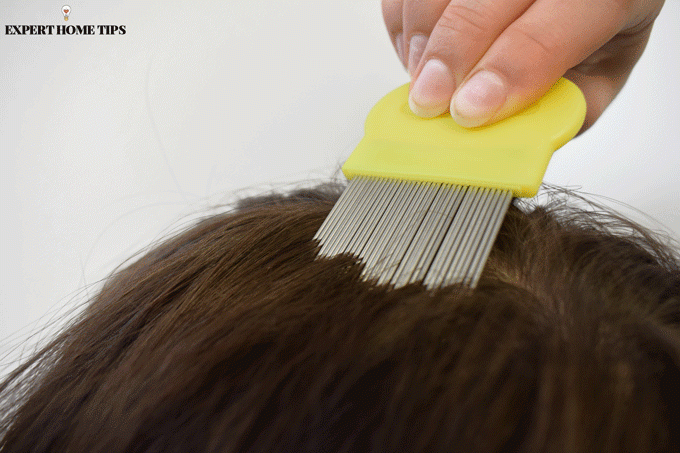
There are a few other ways to tackle head lice, but they're either not as effective or not as affordable as the wet combing method. These include:
- 1. Dry combing - not as effective as wet combing, because the lice can be repelled from the comb by static.
- 2. Chemical treatments - harmful to the environment and head lice build up resilience over time.
- 3. Repellents - not guaranteed to work.
- 4. Electric combs - expensive and can be a bit of a stop and start the process as they need resetting every time you find a louse. Only gets lice and not eggs.
- 5. Professional treatment - guaranteed, fast results but comes with a high price tag.
Natural remedies

6. Suffocants: Vaseline, mayonnaise, & olive oil
Smother the hair with Vaseline, mayonnaise or olive oil. For Vaseline, the hair should be dry, but for mayonnaise or olive oil it can be wet or dry.
Cover hair with a shower cap or a towel and leave on for as long as possible. The recommended time is 8 hours. It's safer to do this in the morning rather than leaving it on their head overnight.
You can then either rinse and shampoo the product out, or use the wet combing method to try to comb out the nits. Remember, the mayonnaise will only kill the lice, not the nits.
These methods can be a bit tricky to wash out. Read our other article to find out how to remove vaseline from hair.
7. Vinegar
You can use white, red or apple cider vinegar to treat head lice. It's best to go for organic, unfiltered versions where possible. Direct contact with eyes should be avoided.
Create a mixture that is one part water and one part vinegar. Spray generously onto the child's hair, especially concentrating on the scalp. Cover hair with a shower cap and wait 2 hours.
Comb out all remaining nits or they will hatch within 7 days.
Have you had to deal with head lice before? Do you think schools should send children home if they have head lice? Let us know in the comments below.
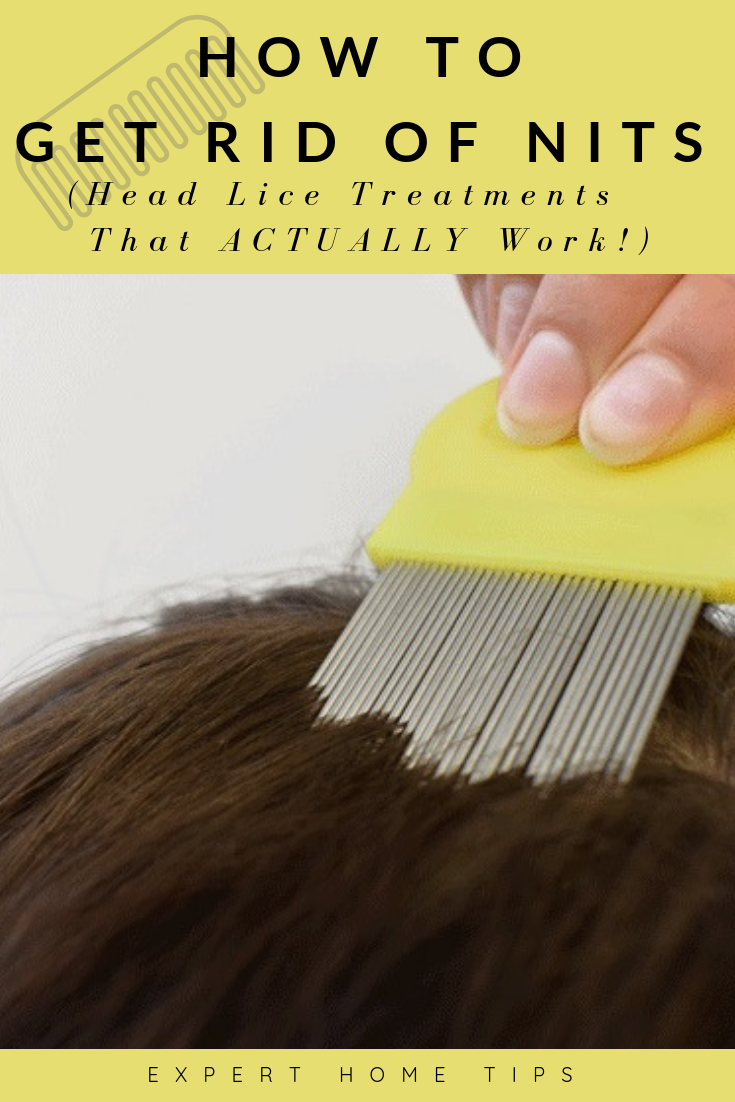
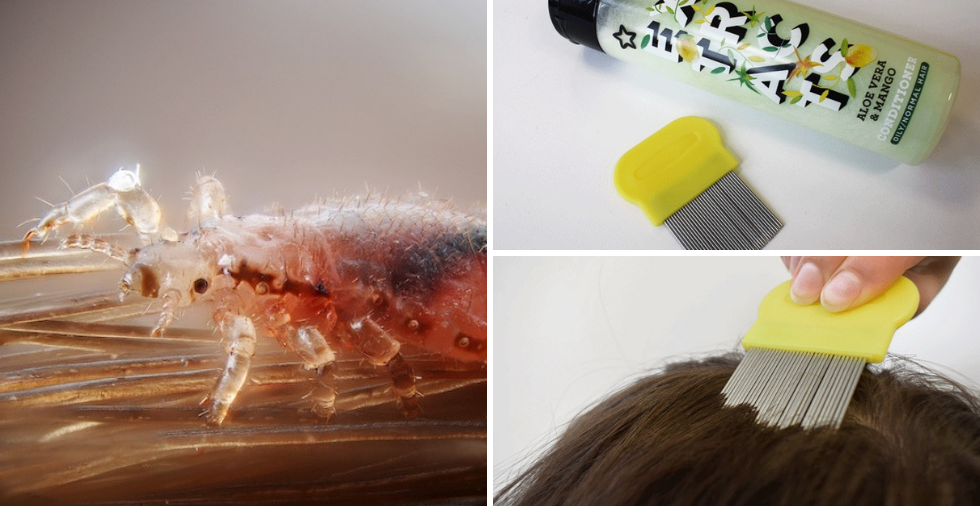
Keep the child at home for the day while you treat the infestation. I still think we should have a nit nurse visiting schools regularly.
It would help!
we lived in South Africa for a number of years and when the grandchildren started school if they became infected with head lice they were sent home and not allowed back until they were free of head lice
That sounds like a good idea! Did they get filled in on any lessons that they missed?
I thought my nit days were over...... Then my grandkids started school! I was arguing for the nit nurse to be brought back when my now 32yr old son started school. The fact we're still having the same argument surely says something?
That sounds like a nightmare!